| 3 | To top | ||
 |
3M |
Grommes, Walther
3M Insulative Thermal Bonding Film (ITBF) for Power Module Packaging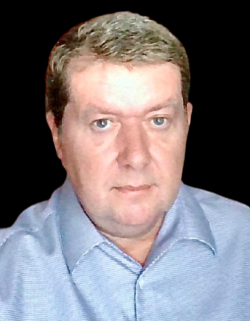
 Abstract Biography |
Advanced Packaging Conference |
| A | To top | ||
 |
Alemnis AG |
Widmer, Remo
Recent innovations in Scanning electron microscope in situ mechanical testing for semiconductor failure analysis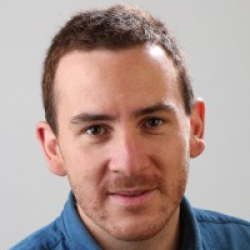
 Abstract Biography |
Innovation Showcase |
|
|
Amkor Technology Europe Portugal (ATEP) |
Silva, José
Amkor Activities in Portugal and Overall Trends in Europe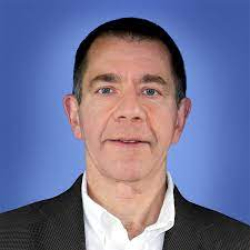
Abstract Biography |
Advanced Packaging Conference |
| ASM International |
Givens, Michael
How Did and Will Atomic Scale Processing Change the Logic and Memory IndustriesAbstract Biography |
Materials Innovation | |
 |
ASML |
Hajiahmadi, Reza
Wafer contamination detection: an unsupervised learning approach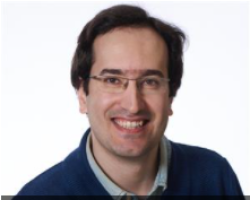
 Abstract Biography |
Innovation Showcase |
| Atotech |
Schmidt, Ralf
Optimization of the Cu Microstructure to Improve Cu-to-Cu Direct Bonding for 3D IntegrationAbstract Biography |
Advanced Packaging Conference | |
| C | To top | ||
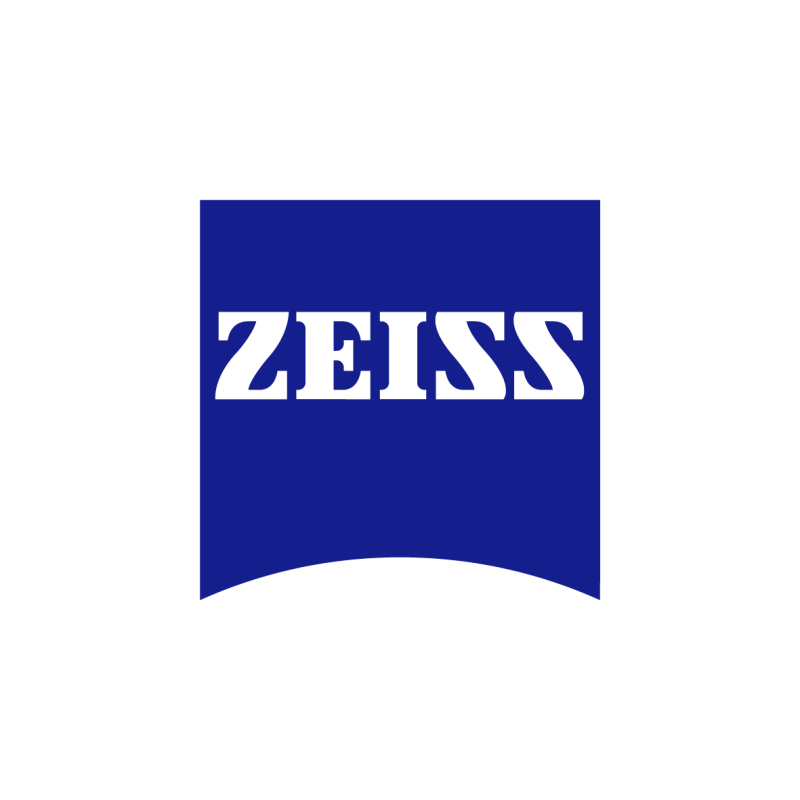 |
Carl Zeiss Digital Innovation GmbH |
Hörr, Christian
The Pareto Principle in Industry 4.0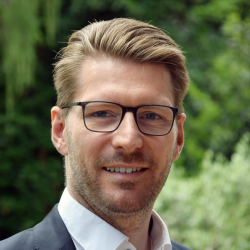
 Abstract Biography |
Fab Management Forum |
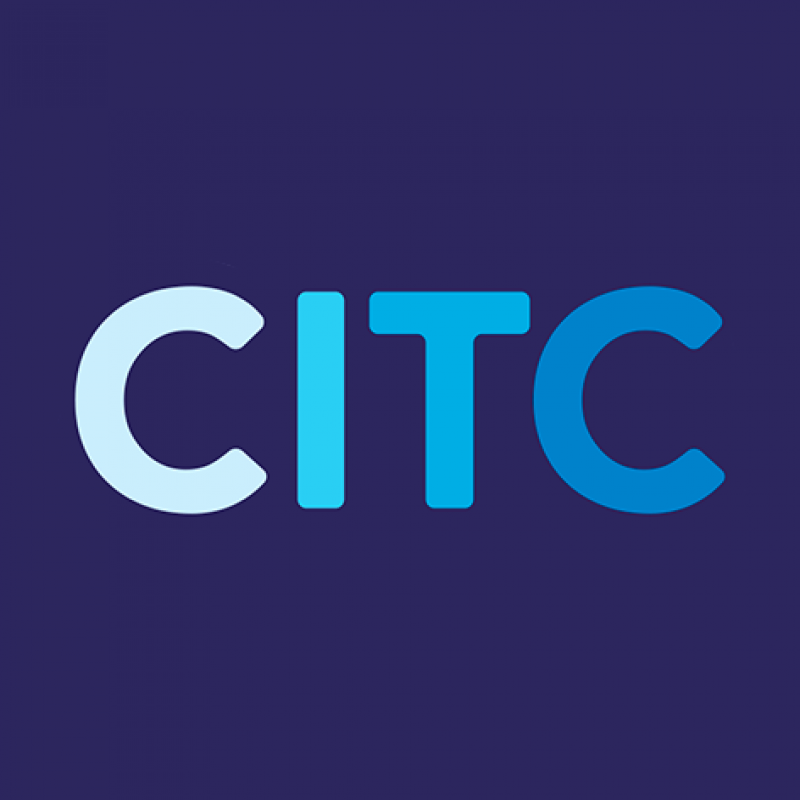 |
CITC |
Smits, Edsger
Reliability characterization of silver sintering for die attach applications
 Abstract Biography |
Advanced Packaging Conference |
 |
COHU |
Wagner, Markus
The challenges in testing small and highly integrated devices in a massive parallel test system Abstract Biography |
Advanced Packaging Conference |
| E | To top | ||
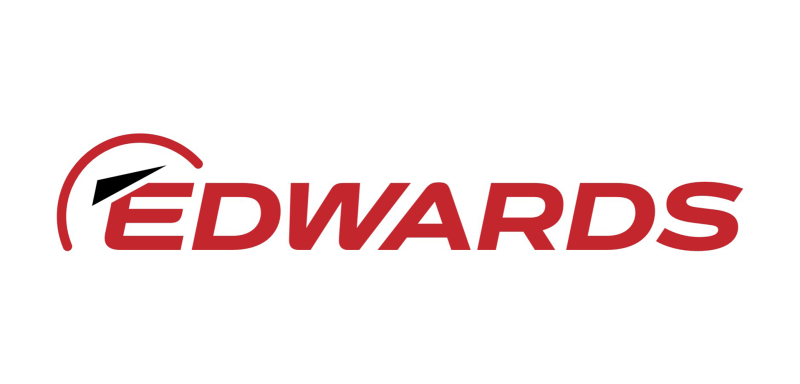 |
Edwards Vacuum |
Serapiglia, Antonio
Improving productivity by using data in the subfab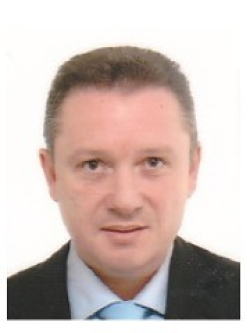
 Abstract Biography |
Fab Management Forum |
 |
Eindhoven University of Technology |
Fiore, Andrea
Spectral sensing with photonic chips
 Abstract Biography |
Integrated Photonics |
 |
Ericsson Research |
Tillman, Fredrik
Industry talk Abstract Biography |
ITF Beyond 5G |
| G | To top | ||
 |
GlobalFoundries |
Capecchi, Simone
GlobalFoundries 22FDX® Auto grade 1 Chip Package Interaction Reliability Assessment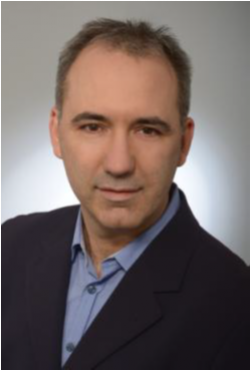
 Abstract Biography |
Advanced Packaging Conference |
| H | To top | ||
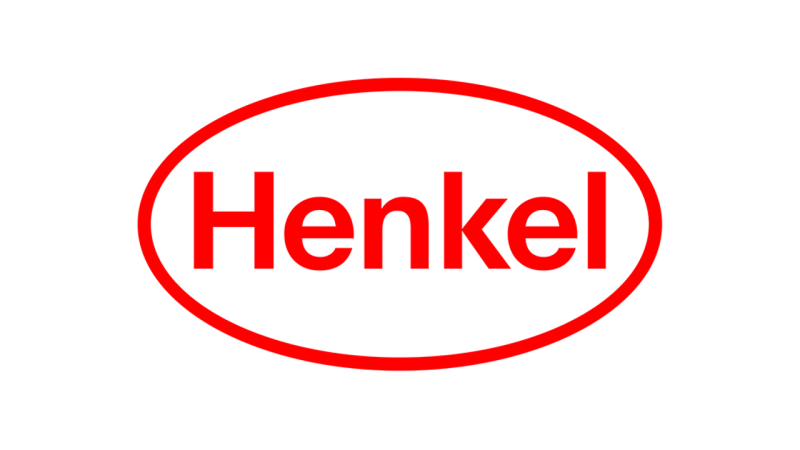 |
Henkel Corporation |
Trichur, Ramachandran
Semiconductor Packaging Materials Enabling Advanced Flip-Chip and Heterogeneous Integration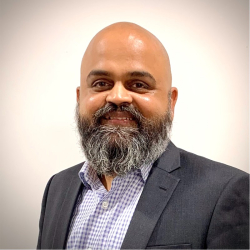
 Abstract Biography |
Advanced Packaging Conference |
| Holst Centre / TNO |
Hendriks, Rob
Impulse Printing™: Enabling 3D Printed Interconnects for Volume Production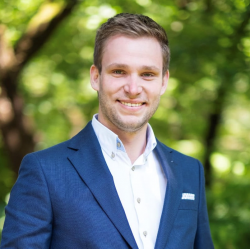
Abstract Biography |
Advanced Packaging Conference | |
| I | To top | ||
 |
Imec |
Peeters, Michael
Opening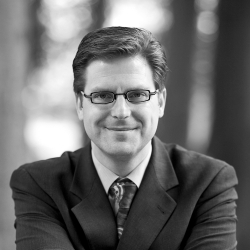
 Abstract Biography |
ITF Beyond 5G |
 |
Imec |
Collaert, Nadine
Tech talk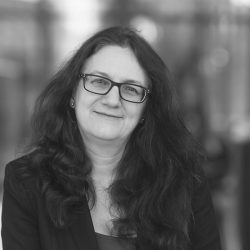
 Abstract Biography |
ITF Beyond 5G |
 |
Imec |
De Simone, Danilo
EUV Lithography patterning: status and challenges towards High NA
 Abstract Biography |
Materials Innovation |
 |
INFICON |
Bode, Christopher
Predictive Maintenance Scheduling for Assembly Manufacturing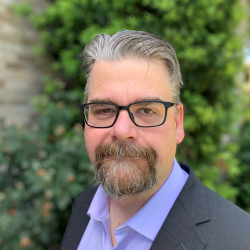
 Abstract Biography |
Advanced Packaging Conference |
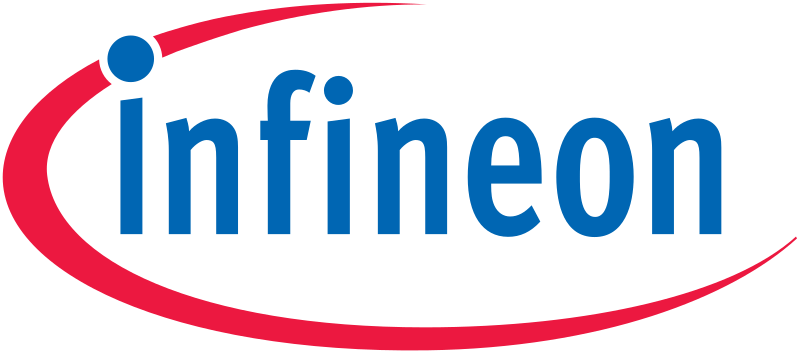 |
Infineon |
Knott, Bernhard
Innovative Sensor Packaging in Europe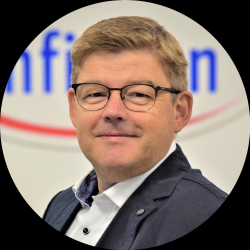
 Abstract Biography |
Advanced Packaging Conference |
 |
ISRL |
Zabelinsky, Ilya
Time to Collaborate. SubFAB Research and Development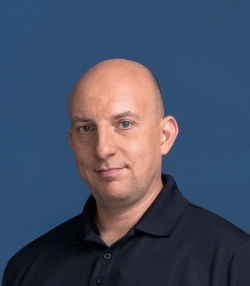
 Abstract Biography |
Innovation Showcase |
| L | To top | ||
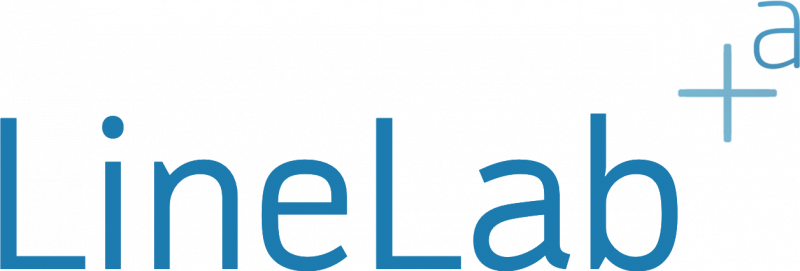 |
LineLab |
Nietner, Larissa
LineLab, an Analytical Tool for Modeling Semiconductor Manufacturing Systems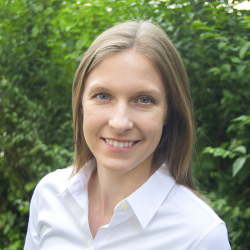
 Abstract Biography |
Fab Management Forum |
| M | To top | ||
 |
MSV Systems & Services Pte Ltd |
Tan, Joe
Keep It Simple & Save (KISS) in Burn-In Operations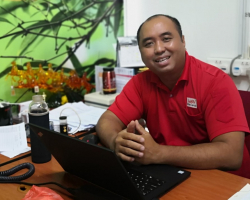
 Abstract Biography |
Innovation Showcase |
| N | To top | ||
 |
Niching Industrial Corp. |
Dong, Rui-Xuan
Ultra low-temperature silver sintering materials for substrate-based power applications Abstract Biography |
Advanced Packaging Conference |
 |
Nova Ltd |
Szafranek, Dana
Spectral Interferometry (SI) And Vertical Traveling Scatterometry (VTS) Technology For Advanced Metrology Of Back-End-Of-Line (BEOL) Manufacturing Process Steps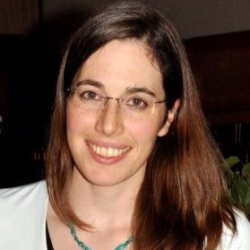
 Abstract Biography |
Innovation Showcase |
| P | To top | ||
 |
PhotonDelta |
Penning de Vries, René
Next generation microchips, powered by light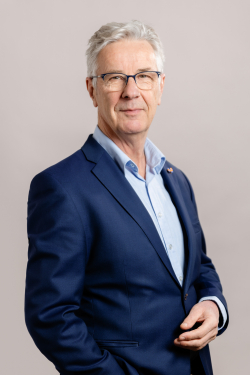
 Abstract Biography |
Integrated Photonics |
| R | To top | ||
| Robert Bosch GmbH |
Beer, Leopold
Semiconductors for Software Defined Vehicles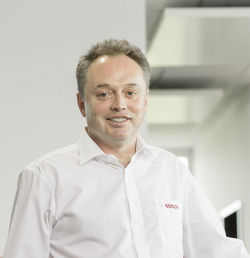
Abstract Biography |
Advanced Packaging Conference | |
| S | To top | ||
 |
Schrödinger |
Elliott, Simon
Current trends in digital chemistry to drive semiconductor innovation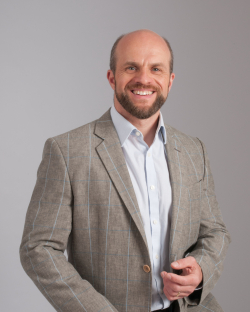
 Abstract Biography |
Materials Innovation |
 |
Scientific Visual S.A. |
Orlov, Ivan
Intelligent wafering: how to widen the bottleneck in semiconductor substrate manufacturing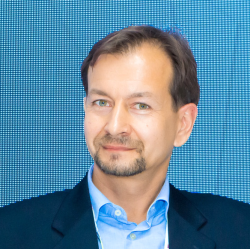
 Abstract Biography |
Innovation Showcase |
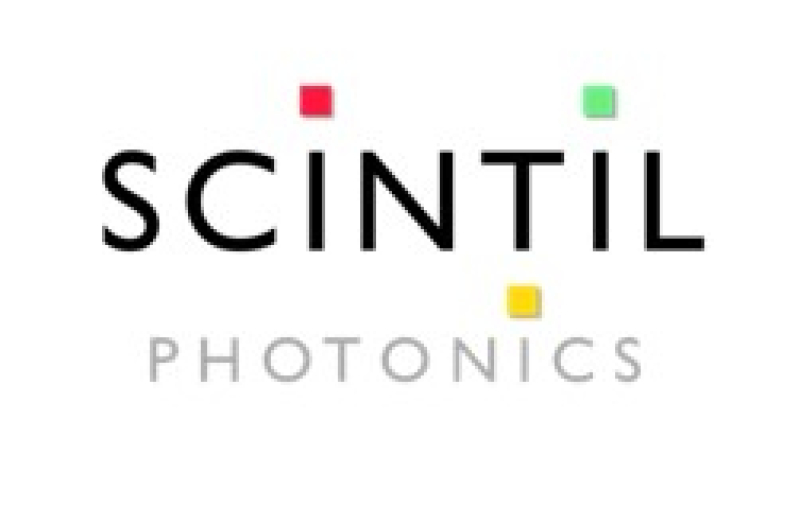 |
Scintil Photonics |
Langlois, Pascal
Advanced Photonic Integrated Circuits solutions with integrated lasers for ultimate optical connectivity in Datacenters, HPC and 5G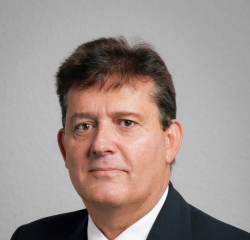
 Abstract Biography |
Integrated Photonics |
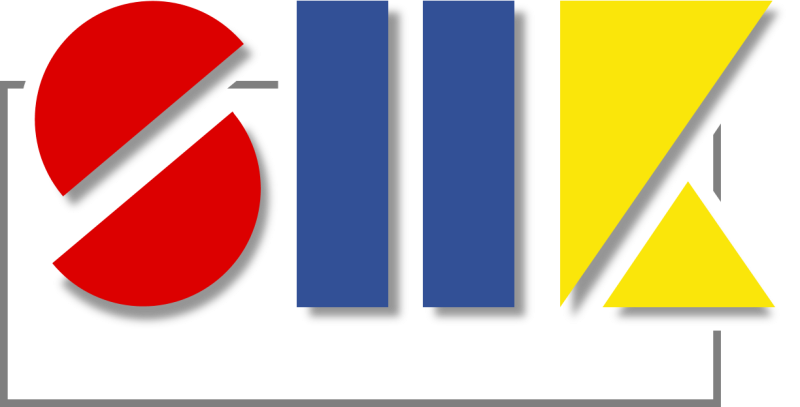 |
SHK Engineering and Consulting GmbH & Co. KG |
Kummer, Sebastian
No fear of high dynamics in Fab core design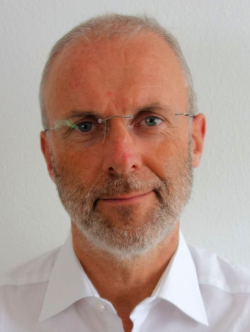
 Abstract Biography |
Fab Management Forum |
 |
Silicon Austria Labs GmbH |
Roshanghias, Ali
Ultra-fine pitch Die bonding approaches with Cu interconnects for high-performance 3D IC packages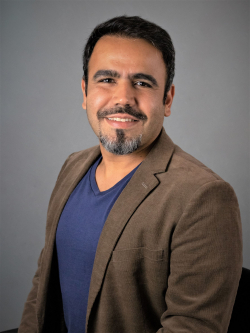
 Abstract Biography |
Advanced Packaging Conference |
 |
Soitec |
Maleville, Christophe
Industry talk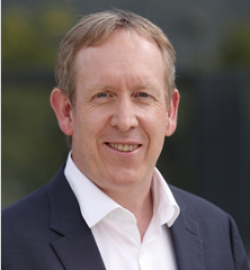
 Abstract Biography |
ITF Beyond 5G |
 |
ST Microelectronics |
Theveniau, Raphael
Complete LVS verification methodology and process for complex System-In-Package assemblies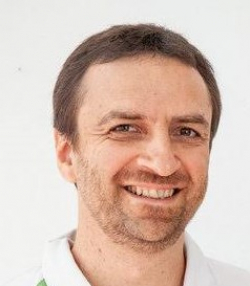
 Abstract Biography |
Advanced Packaging Conference |
 |
SYSTEMA |
Roßbach, Philipp
How to simplify engineers’ life in complex Semiconductor Manufacturing. About democratization of information and its usage in production scheduling and root cause analysis.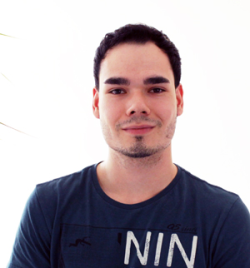
 Abstract Biography |
Fab Management Forum |
| T | To top | ||
 |
TechInsights Inc. |
Hutcheson, Dan
Market Trends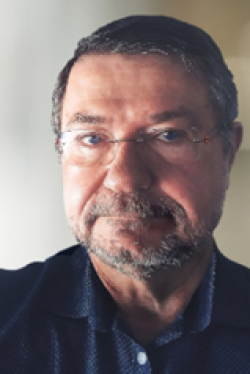
 Abstract Biography |
Fab Management Forum |
| Technical University of Applied Sciences Regensburg |
Ramsauer, Ralf
Jailhouse: Mixed Criticality Systems for Semicondutor ManufacturingAbstract Biography |
Fab Management Forum | |
 |
TERADYNE |
Ducrocq, David
Minimizing Execution Risk in Test Solution Development Projects with a Technical Project Lead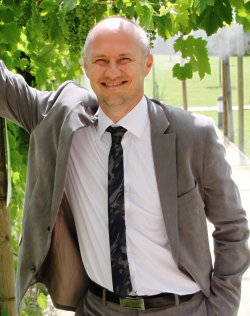
 Abstract Biography |
Innovation Showcase |
 |
Texas Instruments |
Thomas, Vipin Koshy
Machine Learning for Automated Image Classification in Yield Enhancement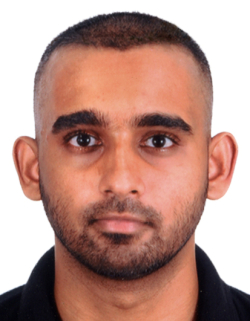
 Abstract Biography |
Fab Management Forum |
 |
time:matters GmbH |
Kohnen, Alexander
Panel Discussion – Navigating through global developments affecting the supply chain management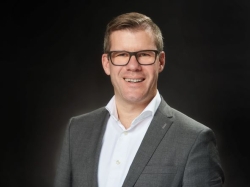
 Abstract Biography |
Fab Management Forum |
| Trinity College Dublin |
Boland, John
Nanoscale metals are comprised of grain boundaries that are significantly different from those found in bulk materials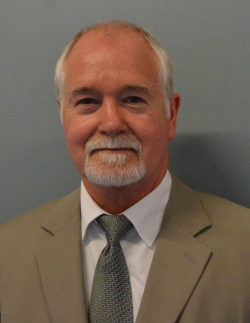
Abstract Biography |
Materials Innovation | |
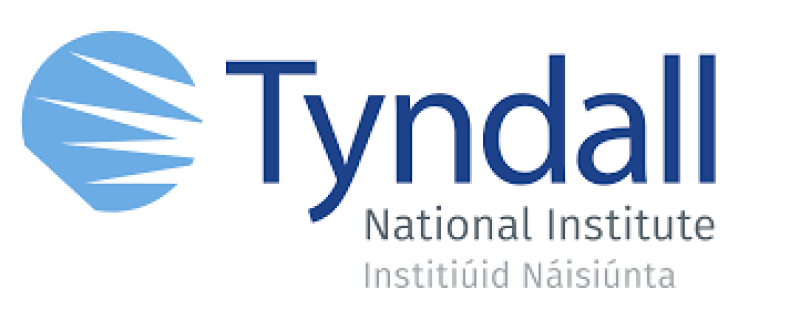 |
Tyndall National Institute |
Ghosh, Samir
Heterogeneously integrated InP-laser on Silicon Photonics realized by micro-transfer printing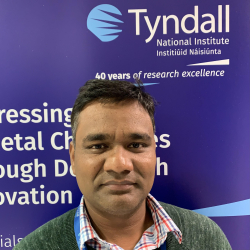
 Abstract Biography |
Integrated Photonics |
| W | To top | ||
 |
Wooptix |
Gaudestad, Jan
New Metrology Technique for Measuring Patterned Wafer Geometry on a full 300mm wafer
 Abstract Biography |
Innovation Showcase |
| X | To top | ||
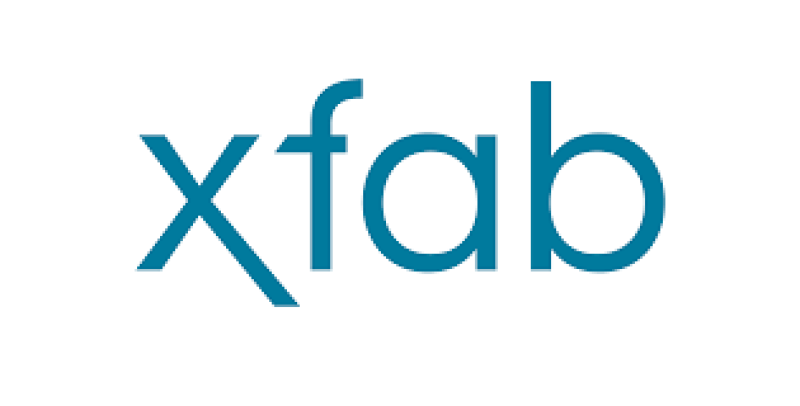 |
X-fab |
U’Ren, Gregory
Industry talk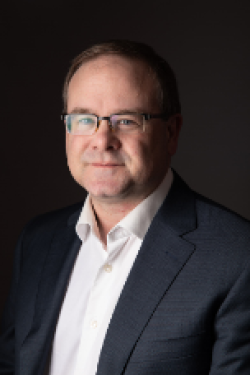
 Abstract Biography |
ITF Beyond 5G |
 |
X-fab |
Tillner, Rico
How medical devices are changing the customer-foundry relationship
 Abstract Biography |
Fab Management Forum |
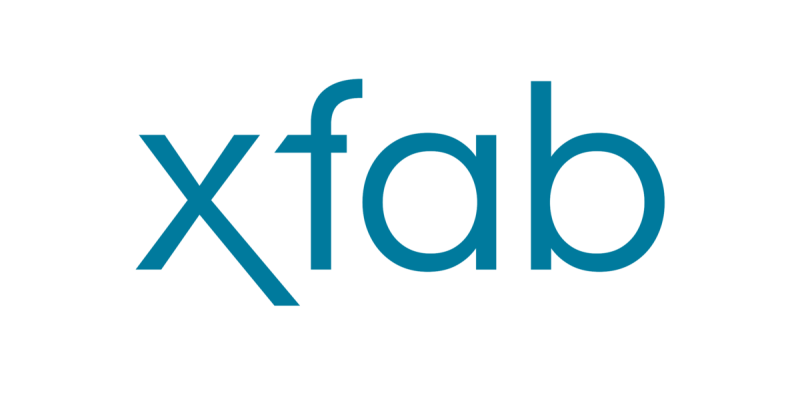 |
X-FAB Group |
Schoder, Henryk
The people challenge: How to overcome the skill shortage in the FAB´s?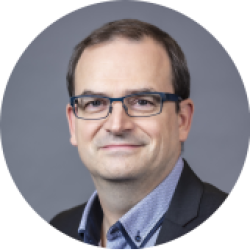
 Abstract Biography |
Fab Management Forum |